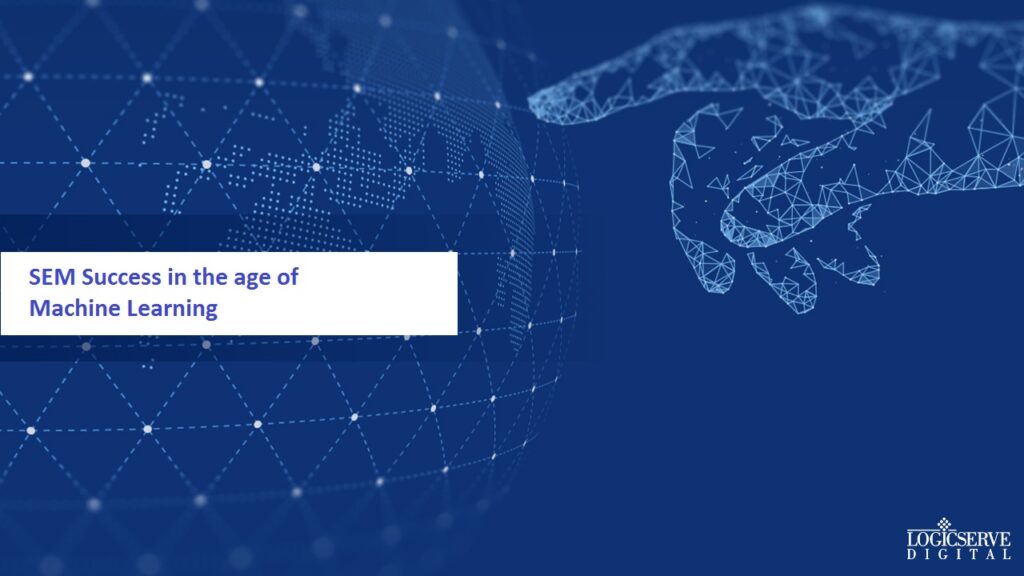It’s no secret that AI and machine learning have made it challenging for SEM marketers to create new advertising strategies that work. In a recent conference at the SMX Advanced seminar held in Seattle, the keynote speaker, Nicolas Darveau – Garneau, Google’s Chief Search Evangelist listed the ways to optimize SEM campaigns in the era of machine learning and AI.
Here, are the five steps outlined by Darveau – Garneau to help marketers outsmart the machine learning and other smart tools.
1. Combined Measuring
Instead of looking at customer interactions and data in separate platforms and modes, marketers have to combine data from across channels to get the bigger picture. Standalone data has to be integrated holistically, to get a clear idea of the customer profile and position in the funnel.
Darveau – Garneau recommends marketers to measure ROI on each campaign and pool it together across ROI in all Google tools. This will help marketers to spot opportunities quickly and make the best use of it, across campaigns.
2. Fix the Right Goals
In his address, Darveau – Garneau illustrated this point using an analogy he picked from car insurance companies. He stated that though different car insurance companies sell similar products, each company has hugely varying goals. For instance, company A may focus on capturing the maximum number of leads, while company B might focus on selling the maximum number of policies. While company C may be focused on selling only premium policies.
It’s essential that businesses identify their unique goals, using their market value and niche audience. Once you have identified the unique goal of your business, you can use machine learning tools, to help you target ideal customers who match your specific goals.
3. Track the Right Metrics
Darveau – Garneau stated that metrics vary depending on the goals being targeted. Hence, it’s essential for all businesses to know the right metrics they should be targeting to evaluate the performance of a specific campaign.
For instance, the objective of your campaign may be boosting brand awareness, while the objective of your competitor may be increasing conversions. You cannot use the same metric to measure the efficiency of both these campaigns. Identify the right metric and then feed it to your machine learning tools to get the complete picture of the campaign.
4. Focus on Long-term Goals
Darveau – Garneau states that brands that focus only on short-term goals are missing out on key opportunities. When you focus on short-term goals, you aim only for acquisition. Marketers must focus on other key elements like – loyalty building, loyalty optimization, customer retention, brand value if they want to remain successful in the long run.
5. Spend more for Acquiring the Best Customers
It’s not just about increasing leads but pulling in high-quality leads, which adds to the customer lifecycle value. Darveau – Garneau suggests that brands use machine learning to pinpoint the ideal audience. He further stated that the extra time, resources and effort you put in to generate high-quality leads is totally worth it.
The Takeaway:
There’s no way that marketers can reverse or stop the progress of machine learning. It’s here to stay. Instead of fighting against it, SEM marketers should learn how to harness their capabilities for their advantage. And, they must learn it quick, if they wish to thrive and taste success in the automated digital landscape of the near future.




